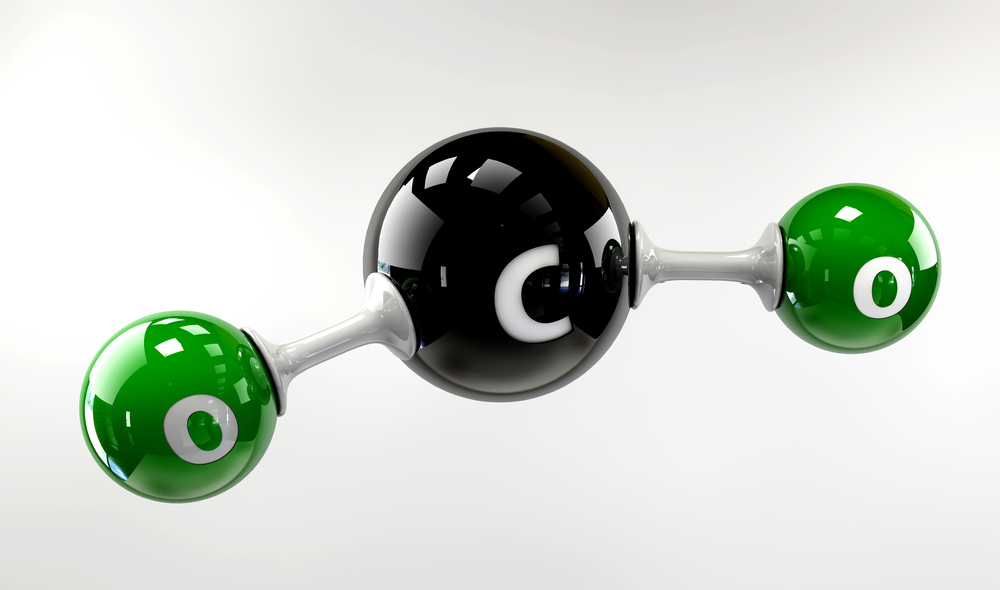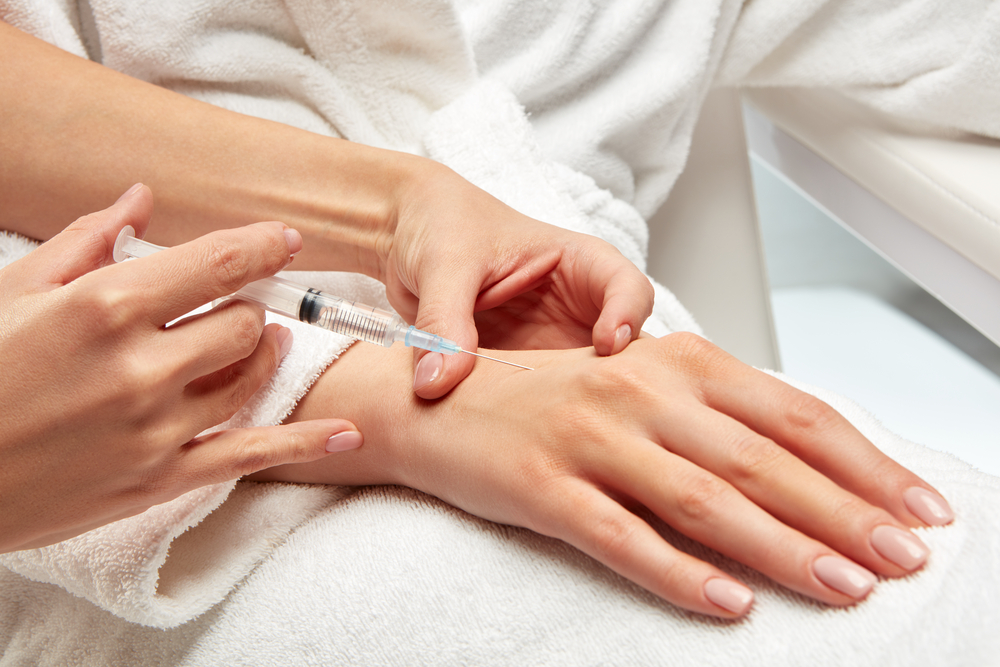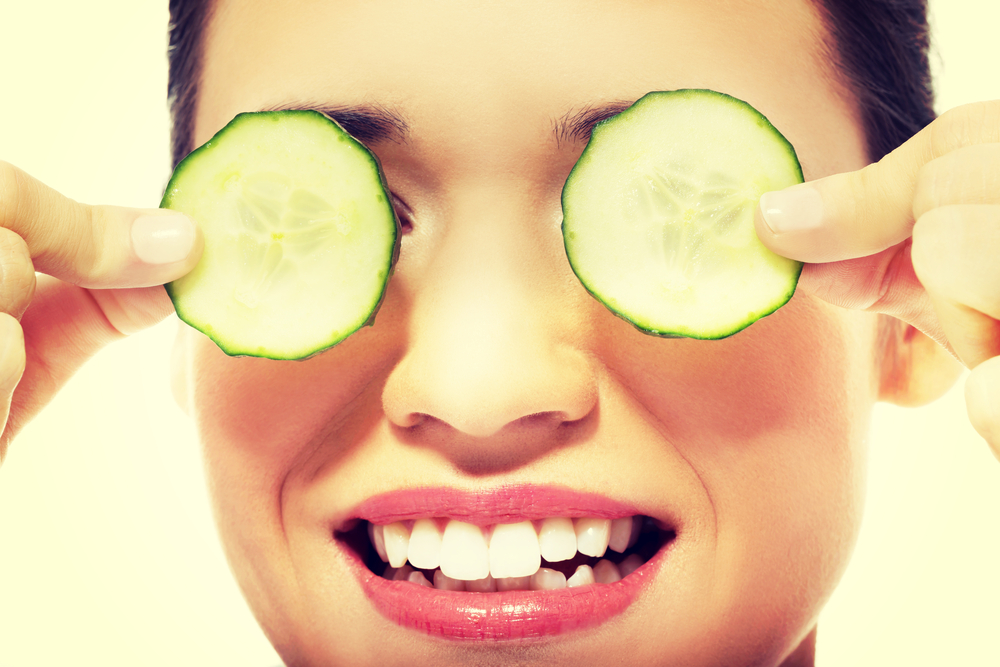Stem cells are the anti-aging ingredient du jour. Cosmetic companies, spas, and even some doctors are touting their use as a sort of “fountain of youth” than can rejuvenate the skin and body and improve aesthetic procedures. There is no question that these cells are powerful and hold a lot of potential to treat a range of conditions, but there is more marketing than science when it comes to their efficacy in aesthetic applications.
Plant stem cells in cosmeceuticals
Although human stem cells offer the most potential for treating human diseases, at present it’s plant stem cells that are raking in consumers’ dollars by the truck load. Many over-the-counter products feature plant stem cells derived from hardy botanicals, such as the Swiss apple, Gamay grape, and the Argan tree – a trend that capitalizes on the hype surrounding stem cell research.
Companies marketing material often suggests that it’s the power of plant stem cells that stimulates collagen or energizes genes, and by virtue of being “natural,” they are somehow better or more effective than traditionally formulated topical medication. But do plant stem cell cosmeceuticals deliver greater results than products without them?
Claims that plant stem cells encourage or activate cellular growth in human skin—however convincingly explained – are unfounded, says Dr. John Sanderson, a bench researcher and physician who has been analyzing cell biology for more than 30 years. There are no peer-reviewed scientific studies in respected botanical or medical journals backing this assertion, he says. This means that any product touting the benefits of using plant stem cells – including those bearing the names of respected dermatologists – to increase collagen and elastin growth is misleading at best.
The primary reason they don’t work the way they’re advertised is that they’re not human-based.
“Plant stem cells are similar to human stem cells in that they can talk to each other, but that’s where similarity ends,” explains Dr. Sanderson. Plant stem cells release biosignals that can communicate with plant receptors, but human skin has no receptors for the molecules plants produce and can’t recognize their biosignals.
This means that plant stem cells or their secretions in any shape or form cannot communicate with human cells, which are what grow and repair tissue. Any website or marketing literature suggesting otherwise is science fiction, he says.
But that’s not stopping companies from employing creative wordsmithing to exaggerate their benefits. An age-old claim that cosmetic companies often make is that their product “firms skin” or “reduces the appearance of fine lines and wrinkles.”
These are nebulous statements that are hard to prove or disprove. But even if a study has shown use of a product resulting in a reduced appearance of anything by any percent, it’s a stretch to suggest that plant stem cells had much to do with it.
That’s because collagen growth has been proven to occur with very few elements, and cells of the Swiss apple tree aren’t one of them. Tretinoin and peptides are tried-and-true ingredients that have been documented to encourage tissue growth, and many products on the market use one or more of these active ingredients. But adding plant stem cells to the mix hasn’t been demonstrated – at least yet – to make any of these cellular communicating components more effective.
“Evidence that plant stem cells in cosmetic products actually translate to an improved appearance is tenuous at best,” says Dr. Tyler Hollmig, a board certified dermatologist practicing at Stanford Medical Center, who says he hasn’t seen any valid studies on the topic. “It’s easy to get excited about what is seen in a petri dish, but even great results – and finding unbiased, non-industry studies is very difficult if not impossible with this topic – rarely end up being helpful in real life.”
Evidence that plant stem cells in cosmetic products actually translate to an improved appearance is tenuous at best.
Dr. Tyler Hollmig, Stanford Medical Center
If there is any aesthetic benefit of plant stem cell treatments, it’s likely because they are rich sources of antioxidants, and antioxidants can increase collagen and cell production by delivering nutrients to the skin. But then again, so do plenty of other less-expensive ingredients, such as green tea, pomegranate, and curcumin, says Dr. Sanderson.
Could plant stem cells be more potent than other antioxidants on the market, which could make a product containing them more effective? Not necessarily, says Dr. Sanderson, who even cautions that they may be less potent.
What makes dermatologists and cosmetic chemists excited about this field is their ability to extract antioxidants from the plant stem cell and leave behind any pesticides used to grow the plant or toxins found in the soil. This method enables companies to culture stem cells that are free of any contaminates and create antioxidants that are more pure and consistent for formulating products.
But that marketing copy won’t loosen purse strings. A more alluring pitch is to suggest that a plant stem cell’s antioxidant effects will be better because it’s a “natural botanical,” and many consumers assume plant-derived products are inherently better.
Human stem cell cosmetic treatments
On their own, stem cells are not the fountain of youth. If you apply human stem cells directly onto your skin, they will quickly die, leaving behind a layer of dead cells. The power they offer comes from the chemical molecules they secrete – cytokines and growth factors. These molecules are what talks to your body and tells it what to do, such as heal damaged tissue and grow new cells.
This means that if you extract the cytokines and growth factors from human stem cells and apply them to your skin, these tiny molecules one tenth of a billionth of the size of cells could penetrate the dermal barrier and tell the cell’s receptor to replicate and grow new tissue.
But cytokines and growth factors are not stem cells – they’re a byproduct of them. Advertising human stem cells as active ingredients is bad marketing, and possibly bad science. On the other hand, cosmeceuticals containing cytokines and growth factors could stimulate collagen and elastin, says Dr. Sanderson, including Cellese AnteAge, the product line that he created to be used topically and during medical microneedling procedures.
Stem cell face lift
A stem cell face lift is a procedure that uses the fat suctioned from the patient’s body to build volume in the face. Fat is extracted through liposuction, processed in a centrifuge in a lab, and then re-injected into targeted areas in the face – typically the cheeks or lips. Sounds great, right?
Although the process is similar to soft tissue fillers, unlike collagen injections, it’s not FDA approved. In fact, it’s somewhat controversial because results can be unpredictable and lead to adverse reactions.
Fat naturally contains stem cells that help the body grow new blood vessels to nourish the fat so it doesn’t die during transfer. It’s possible to enhance a fat transfer with stem cells to stimulate even more blood vessel growth. But more stem cells aren’t necessarily better.
In addition to being pro-inflammatory (a bad thing in cosmetic procedures), they’re easily confused when you take them out of fat. This means that if you inject them too close to the bone, fat stem cells could think they should be a bone marrow stem cell, transform into them, and start growing bone – an adverse event has already been documented in patients receiving this treatment.
Stem cell breast enhancement
Fat grafting breast augmentation is a cosmetic surgery procedure that takes fat from one area of your body and injects it into your breasts. It’s often marketed as a more natural-appearing and feeling method of enlarging or reconstructing breasts, compared to silicone or saline breast implants.
Because fat naturally has stem cells that help the transferred fat survive in its new location, some physicians have started marketing the procedure as a stem cell treatment. However, in most cases it’s just a new marketing spin on an existing cosmetic surgery procedure—a trend that the American Society for Aesthetic Plastic Surgery (ASAPS) doesn’t approve.
Even if a doctor is offering a new protocol on fat-grafting breast enhancements that enriches liposuctioned fat with stem cells, scientific evidence that it improves fat viability or appearance is limited. In a joint statement released in 2011, the ASPS and ASAPS outlined their position on the use of stem cells in cosmetic procedures, saying that “growing concerns have emerged regarding advertising claims and/or clinical practices using stem cells that have not been substantiated by scientific evidence.”
Buyers beware
When it comes to purchasing stem cell-based cosmeceuticals, consumers should read independent research validating a company’s claims before reaching for their wallet. Many estheticians can’t explain how or why plant stem cells work or contribute to skin health, and even dermatologists may not understand the finer points of cellular communication.
Even more questions should be asked when it comes to injecting stem cells into your body. Dozens of clinical trials investigating the use of human stem cells to treat diseases are listed in the National Institute of Health database, but that doesn’t mean that they have been proven effective or are without risk. For any invasive aesthetic procedure, patients should consult with a board-certified plastic surgeon or dermatologist that practices evidence-based medicine. Although many doctors and scientists agree that human stem cells hold a lot of promise, for now, that is all they offer.









